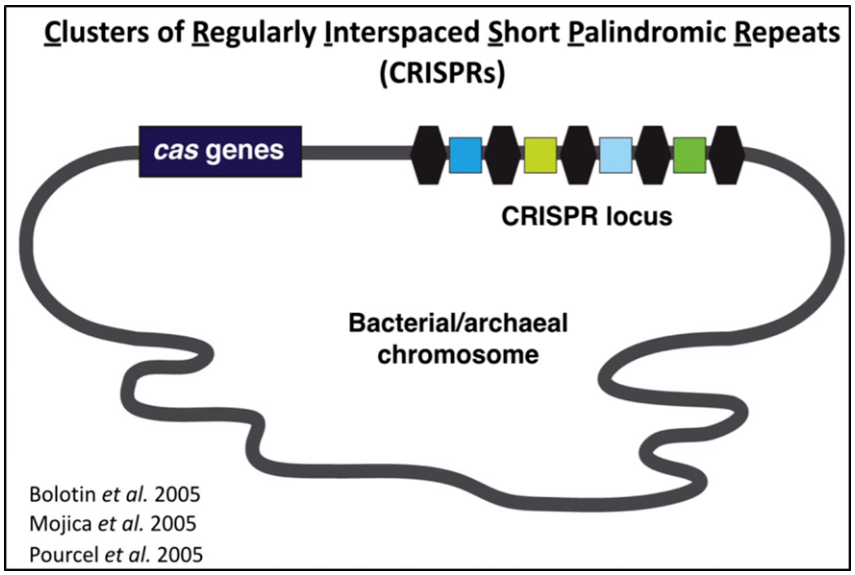
 Star products
Star products
 Follow Us
Follow Us

Scan and follow us
Learn more
The CRISPR-Cas9 system is a gene editing technology based on the modification of adaptive immunity mechanisms in prokaryotes. It consists of two modules, one is the gRNA and its backbone that recognise specific DNA sequences, the other is Cas9, a protein that binds and edits DNA. Since its invention, the technology has developed rapidly. Nowadays, CRISPR-Cas9 and its variants are widely used in various fields, such as editing, detecting, labelling, and imaging of nucleic acids in live cells. The technology has revolutionised the way basic life sciences and biomedicine are researched due to its efficiency and ease of use in different species. The inventor of the technology was also awarded the 2020 Nobel Prize in Chemistry. Today the CRISPR-Cas system is still thriving, with broad prospects and deep potential both in basic science research and in clinical applications such as gene therapy and cell therapy.
All the knockout monoclones of Hanbio are verified by sequencing through constructing T vector, which clearly shows the specific changes of DNA sequence and ensures that the knockout traits are stable and not recovered.
The CRISPR/Cas9 system is known as clustered regularly interspaced short palindromic repeats/CRISPR-associated proteins. This system is derived from an acquired immune system in bacteria (Fig.1). The system integrates the genetic material of the invading phage into one or more CRISPR sites in the genome of the bacterium as a permanent "memory", which is transcribed into CRISPR RNAs (crRNAs) when the bacterium is re-invaded. The crRNAs then direct the DNA shearing enzyme Cas9 then directs the invading exogenous nucleic acid sequence to be sheared according to the principle of sequence complementarity, eliminating the foreign genetic material and performing a protective function (Fig.2). In short, the genome editing technology based on the CRISPR/Cas9 system is engineered as a binary system consisting of a localisation-mediated RNA sequence (guide RNA and crRNA in one heterogeneous RNA sequence, called sgRNA) and a DNA hydrolase, Cas9. The researchers engineered this system into a CRISPR/Cas9 system that can be used to edit mammalian cells. This system consists of Cas9, a gene which is suitable for mammalian expression, and sgRNA, which is used for targeting(Fig.3). For convenience, the researchers placed both in one plasmid. If we plan to use this system to edit a target gene, the only thing we need to do is to customize an effective sgRNA.

Fig.1 The CRISPR/Cas system is derived from the bacterial "immune system".

联系我们

返回顶部